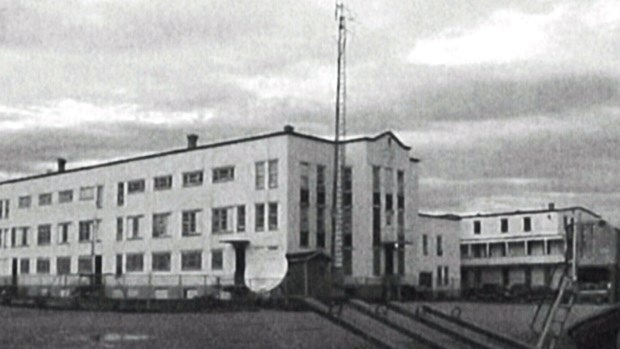The burial site investigations at former residential schools will have to be approached carefully as they will — and have already — opened up a lot of wounds, says Fort Albany Chief Robert Nakogee.
Today, the province announced $10 million in funding over a three-year period to identify, investigate and commemorate burial sites on the grounds of former residential schools across Ontario.
The funds will also go toward supports for school survivors, their families and communities. The government said the process will be Indigenous-led.
In Ontario, there are 18 known residential school sites, according to the Truth and Reconciliation Commission of Canada (TRC).
On the James Bay coast, there were residential schools in Fort Albany and Moose Factory. The residential school closest to Timmins was Chapleau Indian Residential School.
The TRC identified 12 locations of unmarked burial sites in Ontario and estimated that at least 426 children who attended residential schools in Ontario are known to have died.
Taking into consideration the number of residential schools in Ontario, Nakogee said more funding will be needed and it will be a lot of work.
“This is something we have to approach carefully because it will and has opened old wounds,” he said.
Nakogee said there were a lot of people who attended St. Anne’s residential school in Fort Albany, including his mother and grandmother.
“That St. Anne’s school affected a lot of people. And today, people are still carrying it," he said. "What I noticed over the years, they took the love out of people and replaced it with fear. That’s what I see, it’s really hard."
The chief couldn’t say how big the area that needs to be looked at in Fort Albany is.
After the discovery of a mass grave in Kamloops, B.C. where the remains of 215 children were found, Mushkegowuk Council Grand Chief Jonathan Solomon reached out to Nakogee suggesting looking at St. Anne’s school. Nakogee said he agreed because there are “unanswered questions.”
“The truth is coming out and it’s speaking to us from the grave,” Nakogee said adding how Pope Francis should also apologize to the survivors. “Because the truth is coming out and you can no longer hide it.”
While the investment is a “good gesture,” it’s a drop in the bucket in regards to what the whole process will entail, Solomon said pointing out how the Six Nations of the Grand River is alone asking for $10 million from Ottawa to search the grounds of the former Mohawk Institute.
He said investigations could extend beyond residential school sites and questioned how the province decided on the amount of funding.
After talking to Mushkegowuk chiefs about how they want to proceed and listening to the experts like a forensic pathologist and an archaeologist, Solomon said he thinks the process is going to take more than three years. He won’t be surprised if it takes between five and 10 years.
“The $10 million is a good gesture but from hearing what the experts are saying, this is very little money,” he said. “Excavating the bodies, examining them, the DNA, the data, it’s going to cost more than that.”
Mushkegowuk Council will develop a process, Solomon said. Once it gets a scope of the process and how it’s going to unfold, it will involve the experts and engage with First Nations to see how they want to proceed.
Solomon said it will be a very complex process that has to be led by Indigenous leaders and not “hijacked” by the government.
“We have to respect their ceremony. We have to respect their process and how they want to proceed. Also with the families, what do they want to do, how do they want to proceed?” he said. “If a family doesn’t reside in that community and live somewhere else, do they want to repatriate their child to their home community?”
Nishnawbe Aski Nation Grand Chief Alvin Fiddler said it should be an Indigenous-led process, noting the federal government needs to be a part of the process as well as the churches.
“We know the churches have records. And in some cases, they haven’t fully disclosed those records of these missing children and they too have a responsibility to come forward and contribute in a meaningful way,” he said.
Fiddler said it’s unknown how many sites will need to be searched.
“I hope it will help in the healing of the survivors and the families to know where their loved ones may be, to find them and bring them home,” he said.
A 24-hour national residential school crisis line, established to provide support to former students and their families, can be accessed at 1-866-925-4419.
